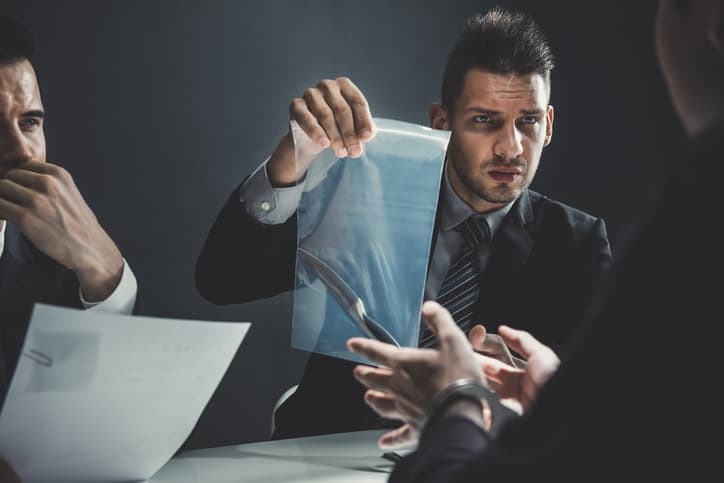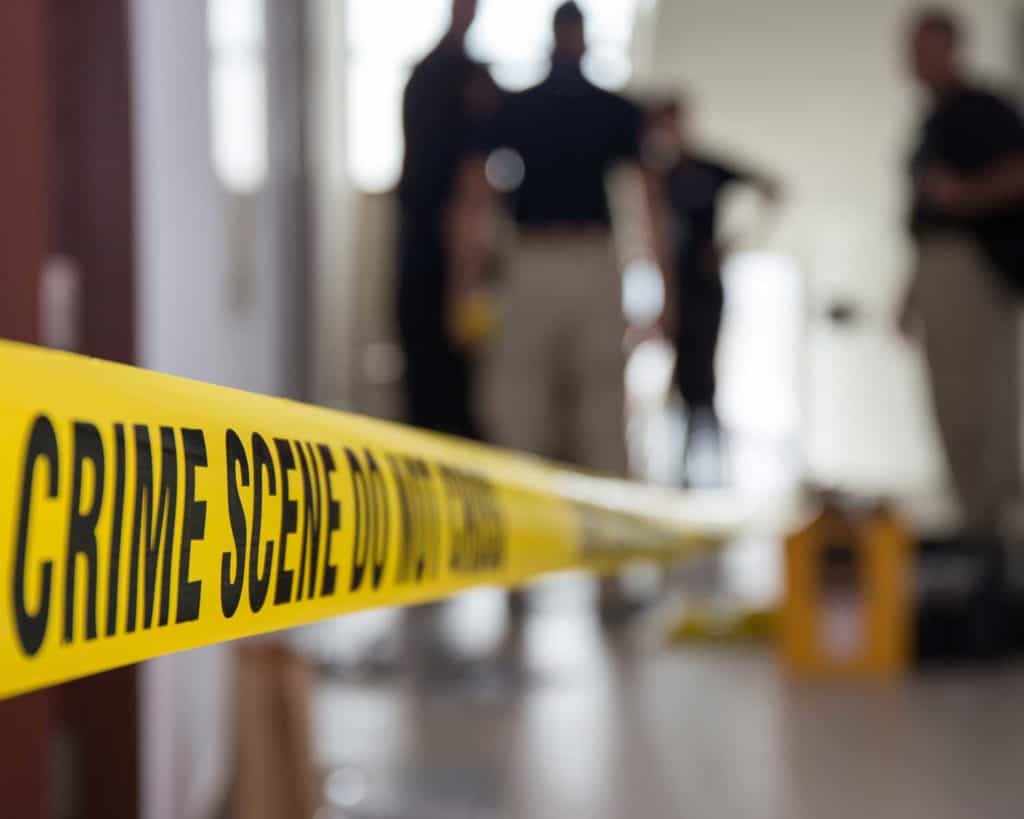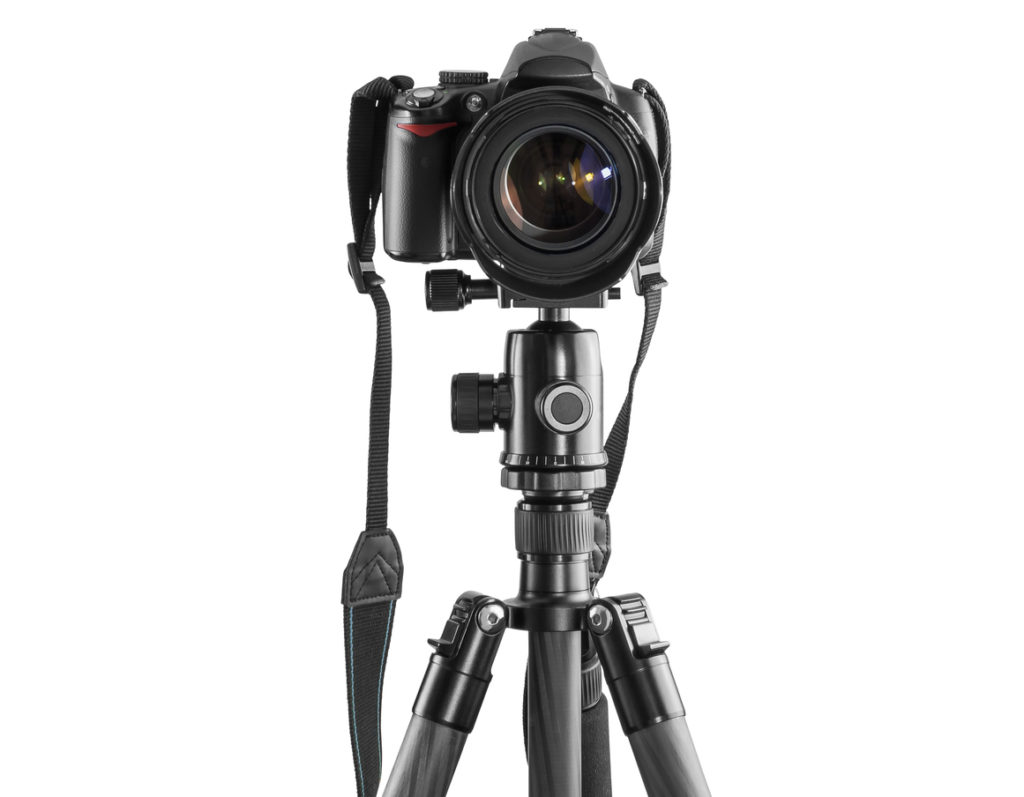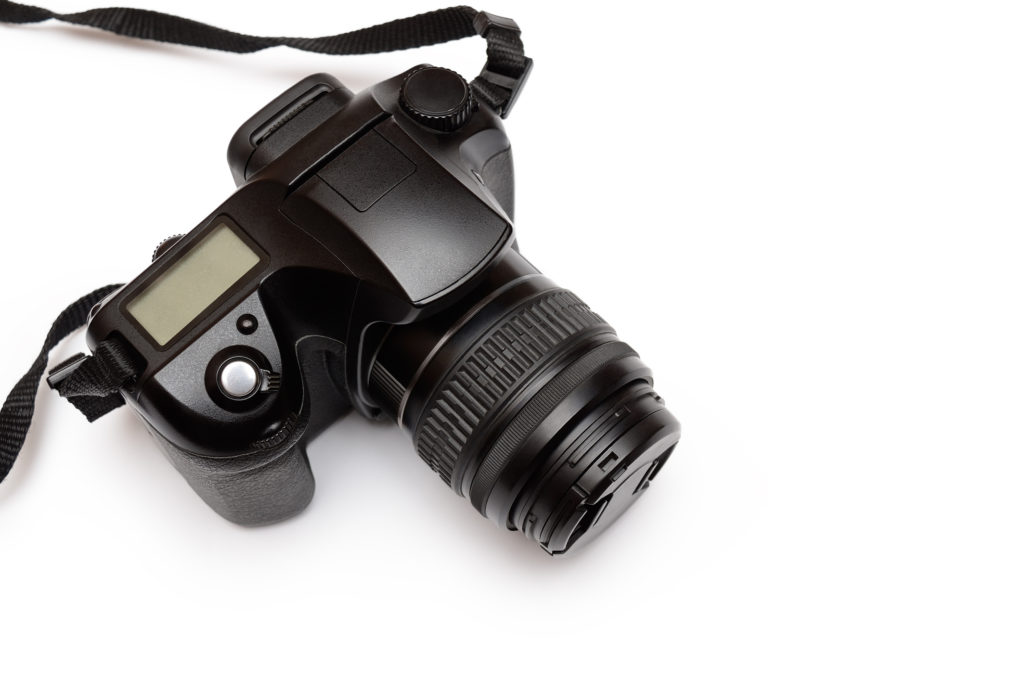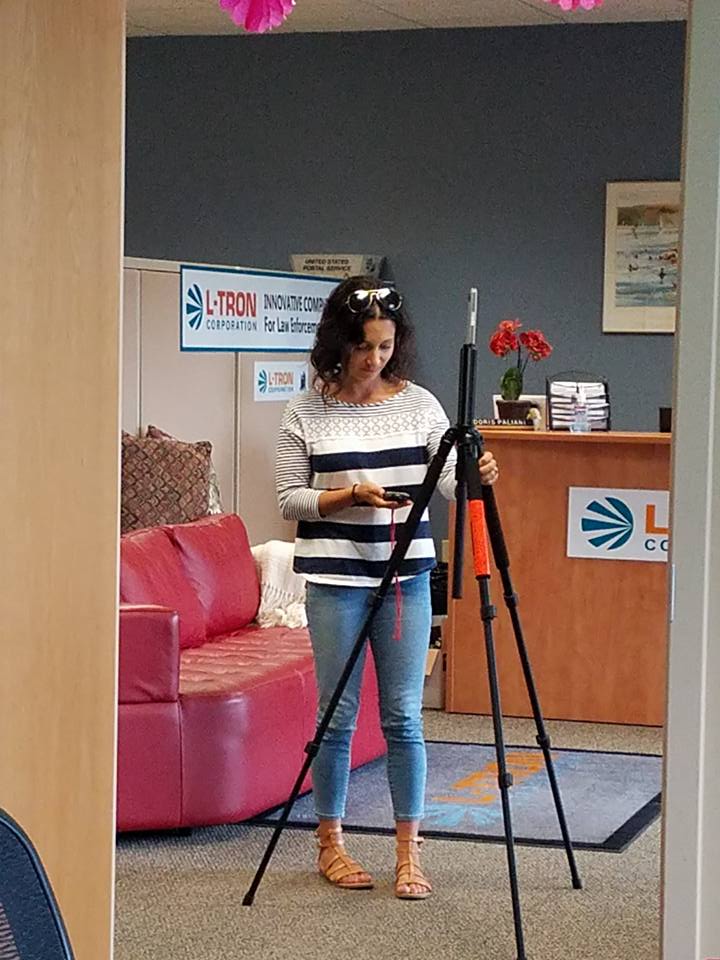Daubert & Frye: The History Behind Admissible Evidence
The question of courtroom admissibility is a hot topic – and for good reason. Prosecutors require strong evidence to obtain a conviction, whereas defense attorneys are seeking a “not guilty” verdict, or better yet, the case dismissed. When evidence gets thrown out by the court, it’s a huge win for the defense.
When it comes to admitting digital and photographic evidence into a courtroom to be used in a criminal case, there are four criteria each piece of evidence must meet: accuracy, authenticity, originality, and relevancy.
